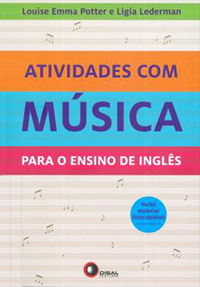The world goes round and round and we sometimes tend to feel we are just getting lost during its revolving system. So much is going on, so much to learn and so much to do. Students seem to learn much more outside of the classroom walls than inside the restraints of the subjects they are supposed to be learning.
School has become irrelevant for some. The social meetup is still, I believe, one of the highlights of our students’ day, but other than that, school itself has become a boring event. Needless to say, disciplinary problems have skyrocketed mainly because students are no longer involved and engaged in the school’s contents.
Classroom management, which I believe is one of the most important elements a teacher must have a deep understanding of before entering any classroom, is now just one more dot in the universe of skills teachers must master. Things like organizing the environment and setting, communicating clear expectations, providing instruction so students are focused are all methods of classroom management which remain much the same. However, if our focus is to bring back life to the school environment and reach out to our students, we need to add some spices.
The term “CLIL” first appeared in Finland and it is credited to Professor David Marsh from the University of Jyväskylä,
CLIL stands for Content and Language Integrated Learning. In a nutshell, it is the teaching of subjects to students through the use of a target language different from their mother tongue.
We all know that language is a means to an end, and not the end in itself. We learn other subjects through language; therefore, a language is not ultimately learned only in order to communicate, especially when dealing with students in mainstream schooling.
There are 4 important components called the 4Cs curriculum (Coyle 1999). A successful CLIL class combines the following elements:
We could say that CLIL is a tool for intercultural learning. I would say that CLIL is one of the tools for Project Based learning.
PBL is not something that has suddenly appeared as a new teaching methodology. Many philosophers and educators have talked about it before. Socrates (470-399 BC), Dewey (1859- 1957), Carl Rogers (1902 – 1987), Vygostsky (1896 -1934) and many others. They have all stressed the importance of placing students at the center of their learning while providing them with opportunities to investigate and propose solutions to real-life problems. However, in order to do that, we need tools, we need to make meaningful connections. Learners need to learn how to negotiate plans, analyze, discuss information and ideas. Project work encourages imagination and creativity, self-discipline and responsibility, collaboration, research and study skills, and cross-curricular work by exploring knowledge gained in other subjects (CLIL) or knowledge yet to be discovered. Students are engaged because the project is meaningful to them and is within their interests, not the teachers. The teacher may point out a topic, but the students will branch out to their own interests within the topic. I would not say it is easy for teachers as they are no longer in control of the language that might come up, but I can assure you it is far more challenging and interesting, not only for the students, but for the teachers, as well.
How can we apply this to Language teaching?
This is just the beginning of many articles we would like to discuss regarding the changes in the language classroom. Students are changing; therefore, our approach must change as well. CLIL and Project-based learning are two of the paths I believe we must take.
More to come and I would love to hear your thoughts.
LIVRO RECOMENDADO
